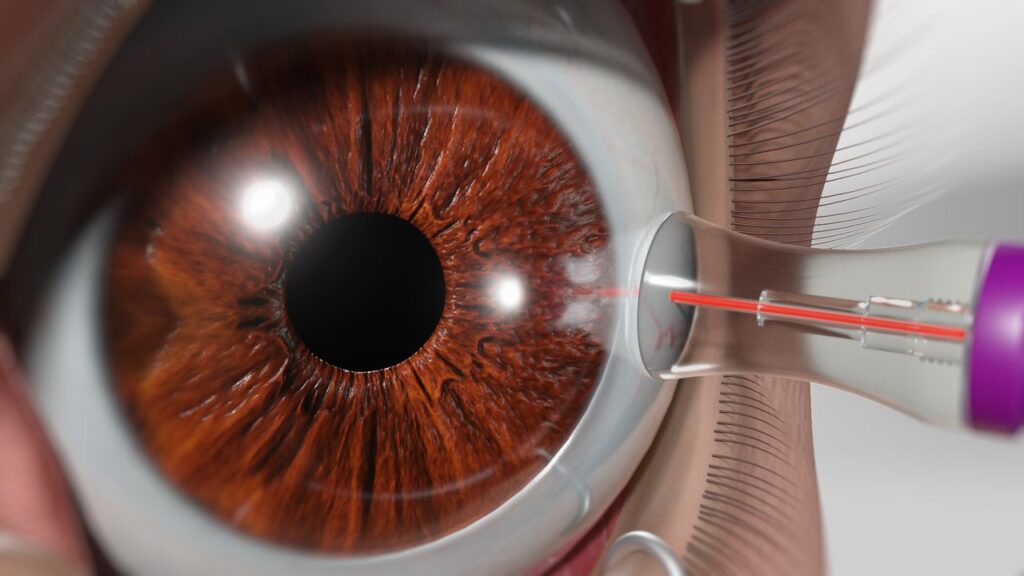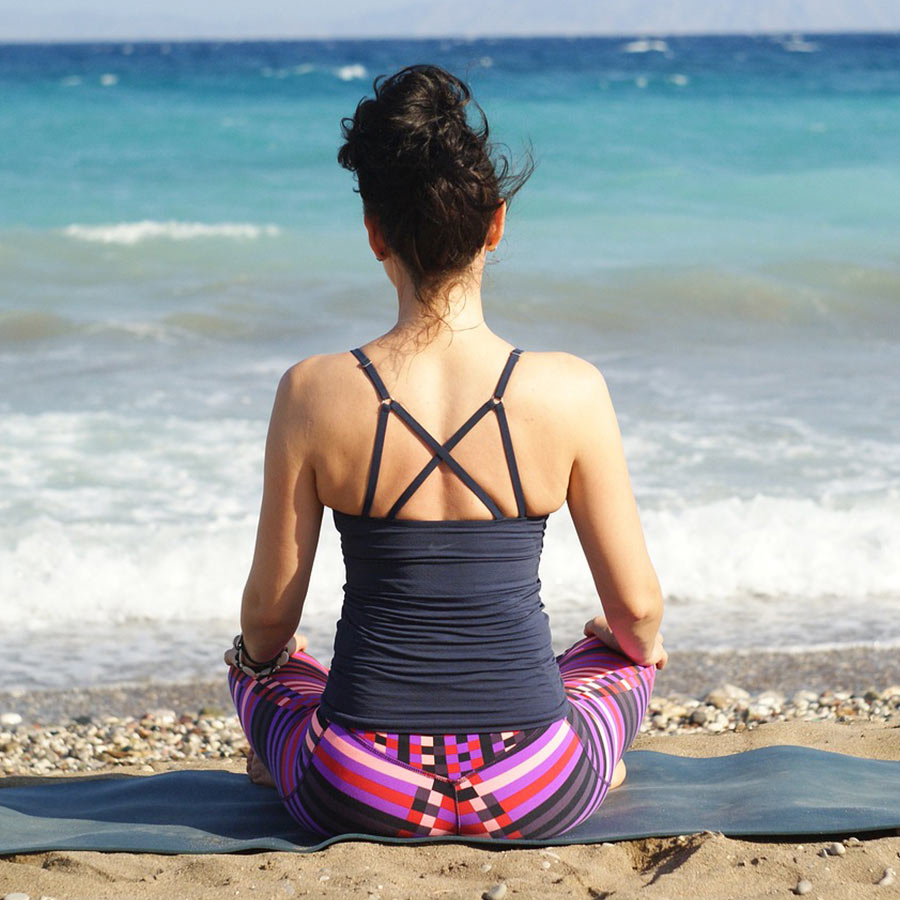Laser Cyclophotocoagulation (CPC) in the U.S.
Laser Cyclophotocoagulation (CPC) is a highly effective treatment used to lower eye pressure in patients with moderate to advanced glaucoma. This procedure targets the ciliary body, the part of the eye that produces fluid, reducing intraocular pressure and helping protect the optic nerve from further damage.
Why CPC Is Performed
Ophthalmologists recommend CPC treatment for patients whose eye pressure remains high despite maximum tolerated medications, or after traditional surgeries such as trabeculectomy or tube shunt have failed. CPC is often reserved for challenging or advanced cases because it is less invasive but still powerful in lowering pressure.
Types of CPC
There are two main approaches used in the U.S.:
-
Traditional Transscleral CPC (TSCPC): Uses a continuous-wave diode laser.
-
Micropulse CPC (MP-CPC): Uses a gentler pulsed laser, allowing for better control, fewer complications, and potentially faster recovery.
Both procedures are performed in an outpatient setting, meaning patients usually go home the same day.
Procedure Overview
The CPC procedure is typically quick, taking about 10–15 minutes. The eye is numbed with local anesthesia, and the laser is applied to specific spots around the eye. After the procedure, patients are monitored for a short time before being discharged.
Post-treatment care usually includes anti-inflammatory eye drops to reduce irritation and help with healing. Vision may be slightly blurry for a few days, but most patients return to normal activities shortly after.
Benefits of CPC
-
Significant Pressure Reduction – Helps slow glaucoma progression.
-
Minimally Invasive – No major incision is required.
-
Repeatable – The procedure can be done again if needed.
-
Outpatient Procedure – No long hospital stay is necessary.
Risks and Considerations
While generally safe, CPC treatment can sometimes lead to eye inflammation, temporary pain, or mild vision changes. Rarely, excessive treatment may cause very low eye pressure (hypotony). Ophthalmologists carefully determine the ideal laser settings to minimize risks.
Availability in the Philippines
At present, Laser Cyclophotocoagulation is more commonly performed in the United States and other developed countries. In the Philippines, availability may be limited to major hospitals and specialized eye centers. Patients seeking CPC may consider consulting glaucoma specialists in Manila or Cebu to confirm if the procedure is offered locally.
Cost of CPC in the U.S.
The cost of CPC treatment in the U.S. varies depending on the type of laser used, facility fees, and whether it is covered by insurance. On average, the procedure ranges from $1,000 to $3,000 per eye. Micropulse CPC may be slightly more expensive but is preferred for its safety profile.




